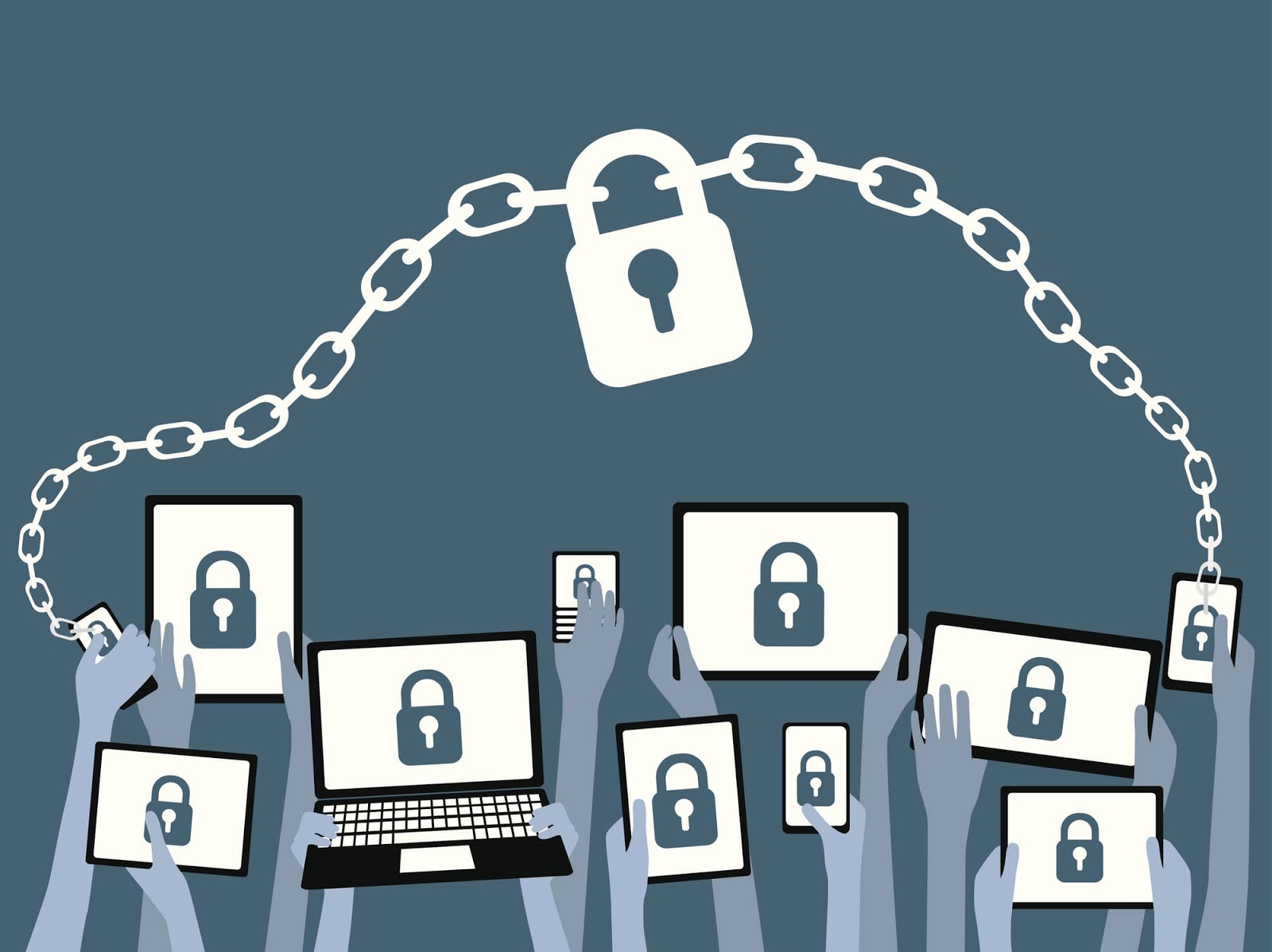
Zoom’s security journey: Our 2024 bug bounty year in review
Zoom’s Bug Bounty Program incentivizes the discovery and responsible disclosure of security vulnerabilities. Here's a look at the past year's highlights.
Updated on September 22, 2022
Published on October 07, 2020


Brendan Ittelson is the Chief Ecosystem Officer leading Zoom’s developer ecosystem. Brendan joined Zoom in 2015 and led Zoom’s global customer support before taking the CTO role in 2020. Prior to Zoom, Brendan worked as both a contractor and a Department of Defense civilian employee in the federal sector, creating, implementing, and supporting various global identity management systems. After leaving the DoD, Brendan transitioned to the financial sector and joined a FinTech startup, Dynamics Inc, where he served as VP of Special Operations. In that role, he combined his business and technology background on special projects, including helping to revolutionize payments without disrupting the way payment systems work. Brendan holds a bachelor’s degree in Business Administration from the University of Oregon and a certificate in Identity Management from the Naval Postgraduate School.
Does your school or district have a common computer sign-in system to access resources, also known as Single Sign-On (SSO) or an identity provider (IDP)? Zoom just released an external authentication feature that can benefit schools using Zoom for remote and hybrid classrooms this fall.
SSO allows users to log in one time, under one set of credentials, to get access to all the applications, data, and services they need. Zoom already has an SSO option to make it easy for faculty and staff to securely access their Zoom account. That experience is now extended to the classroom for students, who don’t need a Zoom account but benefit from a more unified access experience.
With Zoom’s external authentication, school IT administrators can now set up their Zoom account so students are required to authenticate against their school identity system or SSO provider before joining a meeting. Students are properly identified within the meeting using the name from your IDP, and only authenticated students are allowed into the session, which provides a host of advantages.
For school and IT administrators, Zoom’s external authentication adds an extra security layer to their hybrid learning processes. For students, the technology simplifies username and password management, streamlining the user experience. For teachers, it’s a better classroom experience.
Students logging into Zoom using SSO credentials ensures:
Additionally, every student’s Zoom meeting history gets logged in the Zoom dashboard, so taking attendance has never been easier.
All of this gives teachers greater peace of mind and allows them to focus on teaching instead of troubleshooting their virtual education technology.
To learn more about the benefits of using Zoom for virtual and hybrid learning, visit our Zoom for Education page.
To start using external authentication in your school, download our K-12 Onboarding Guide.